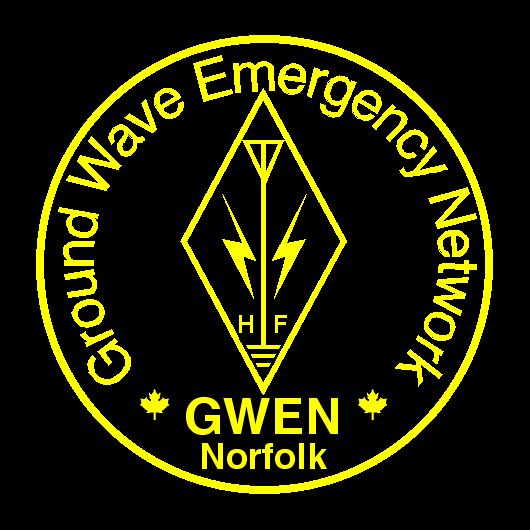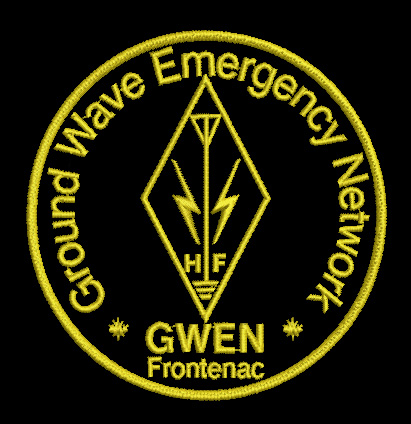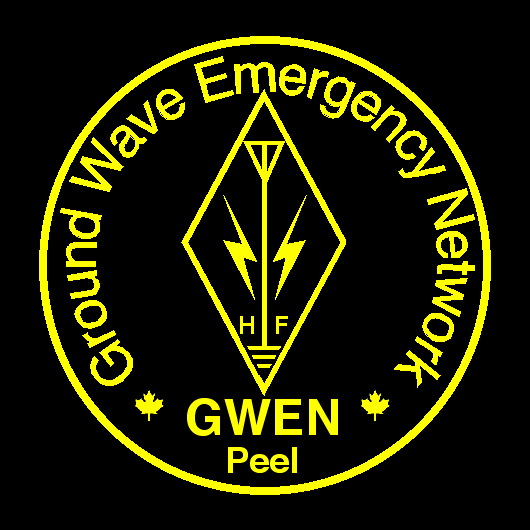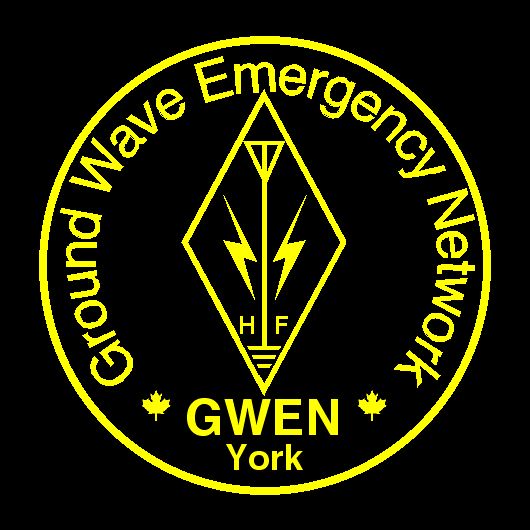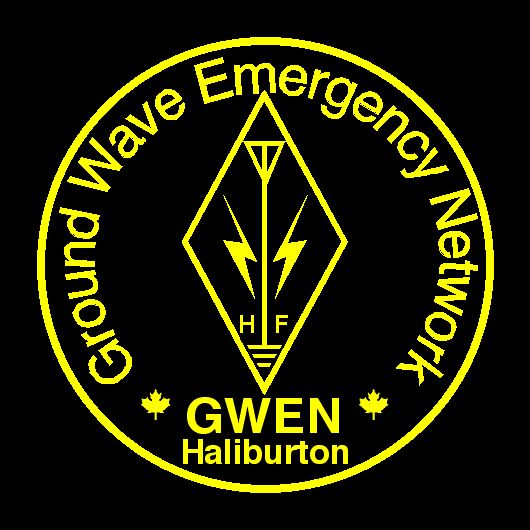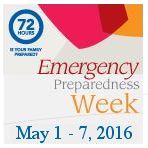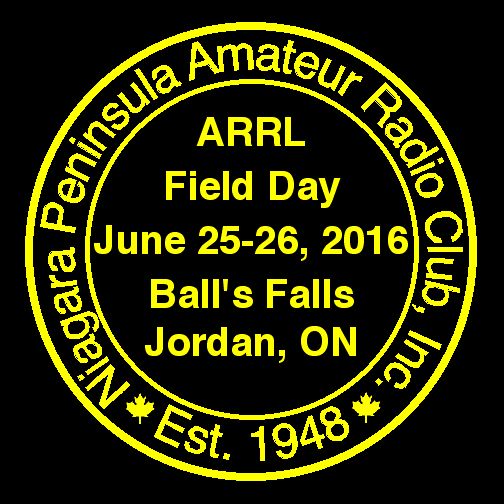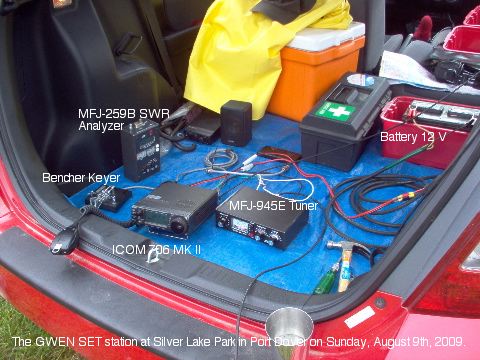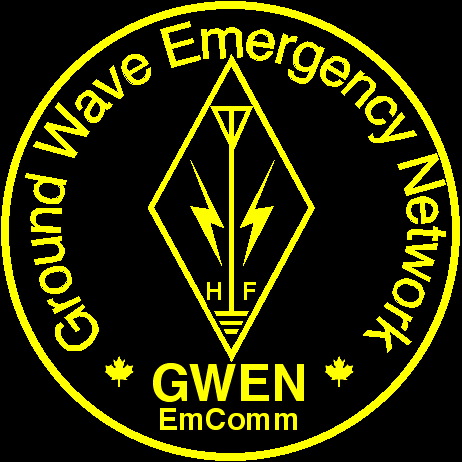Frontenac GWEN - Antenna Tests, 18 July 2013
1. On 18 Jul '13, the Frontenac EmComm Group conducted some field tests to evaluate the efficiency of various portable antenna configurations. For this test, an 80 metre mobile station (100 W to 8-ft mobile whip) was deployed to a distance of 6.3 km from the other stations. The propagation path included 1 km of open water (Collins Bay) and a 2 km built-up area (Amherstview). The remained was typical of Frontenac County with generally shallow, poor soil over limestone.
2. For the test, a 30 Watt carrier was applied to various antennas and the signal level was recorded at the distant, mobile station. Most of the antennas used were 32 foot verticals with 2 to 8 radials, each approximately 25 feet long. For comparison, a less efficient antenna (8-ft whip over six 10-16 foot radials) was also employed.
3. With the 8-ft whip, the signal level was S-8. With the 32 foot verticals signals were all S-9 plus 10 dB. If this data is extrapolated using a simple inverse square law, it is reasonable to expect an S-9 signal between two stations using 100 Watts and 32 foot verticals at a distance of between 100 to 200 km. This will have to be confirmed through additional field tests.
4. It was curious that the number of radials seemed to make little difference. The key to efficient radiation was clearly having an antenna that was a significant part of a wavelength long (in this case 1/8 wavelength long).
5. There may have been some "parasitic" effects in play. At the test site, there were four, 32 foot verticals with various radial configurations and these were in close proximity to each other (i.e. within 100 feet). It may have been that when one antenna was energized, the others acted as parasitic elements causing the actual radiated strength to be the result of all of the antennas. If this test is repeated, it would be wise to lower antennas not in use.
D.G. Lawrence, VA3ORP
Frontenac GWEN
Tape Measure Radials
1. A system of radials was constructed using inexpensive, retractable tape-measures as the radial elements. A total of six tape-measures were used - three were 10 feet long and three were 16-feet long. They were arranged on a wooden baseplate with the radials mounted 60 degrees apart. This base was intended to be used as part of a portable antenna that used 8-foot mobile whips as the radiating elements.
2. To test the efficacy of this radial system, a number of measurements were taken. Using an 8-foot mobile whip antenna (bottom section loaded, top section adjustable for length), resistance/reactance measurements were taken with different numbers of radial deployed. The results were as follows:
a. one 10 ft radial. . . . . 91 + 0 j ohms
b. one 16 ft radial. . . . . 75 + 0 j ohms
c. three 10 ft radials . . 59 + 0 j ohms
d. three 16 ft radials . . 45 + 2 j ohms
e. all six radials . . . . . . 36 + 6 j ohms
3. As the impedance of the antenna continued to drop significantly as more radials were added, I conclude that I had not yet reached the point of diminishing returns. Therefore, this arrangement is considered to be less efficient than it could be. Nonetheless, the antenna did work fairly well and was used as a test antenna for an evaluation of better, portable antennas. The one advantage of this radial system is that it was packed up and ready for reuse in 70 seconds.
D.G. Lawrence, VA3ORP
Frontenac GWEN

 Ground Wave Emergency Network - EmComm
Ground Wave Emergency Network - EmComm 